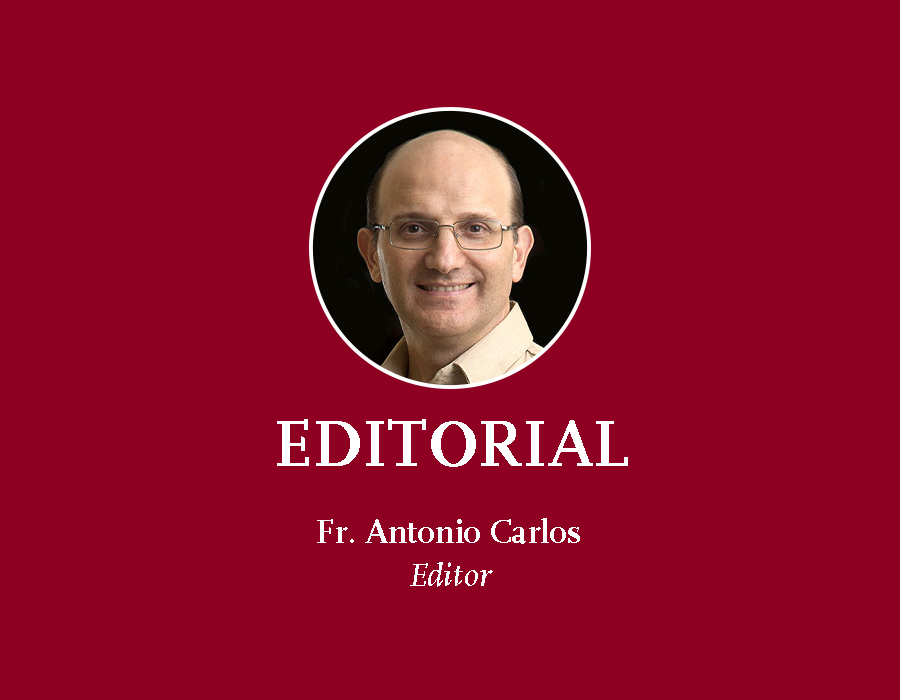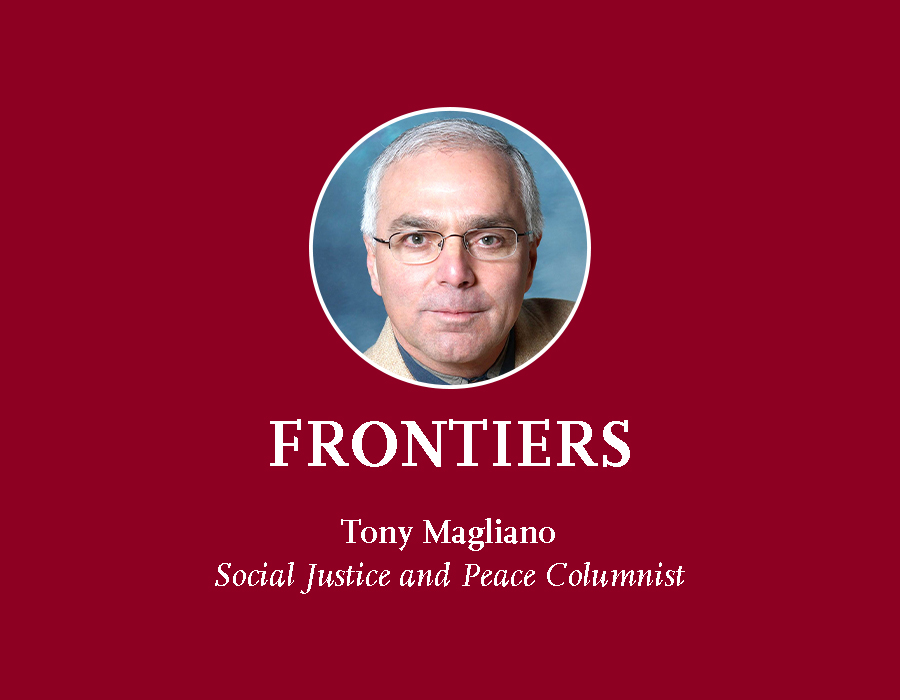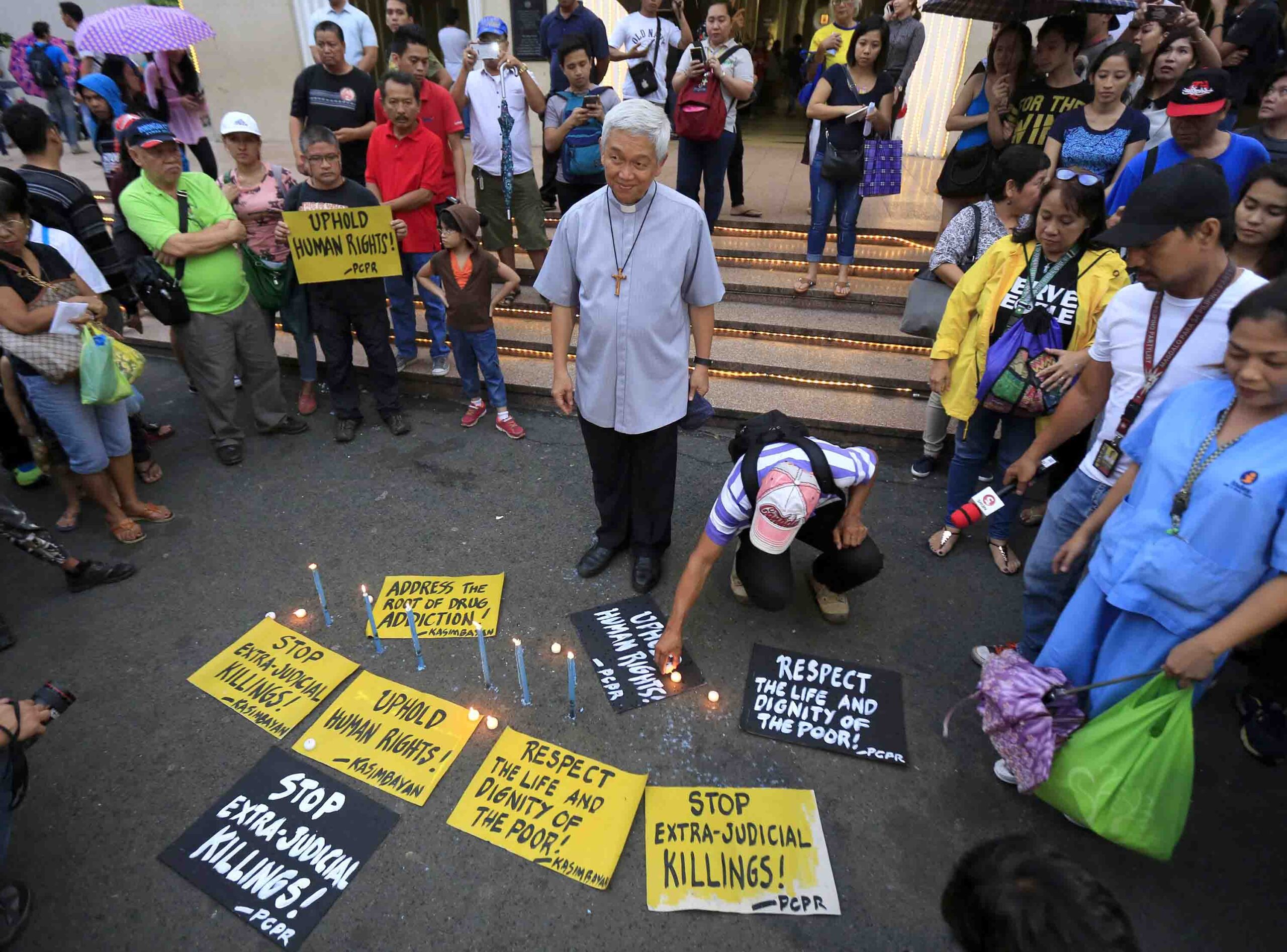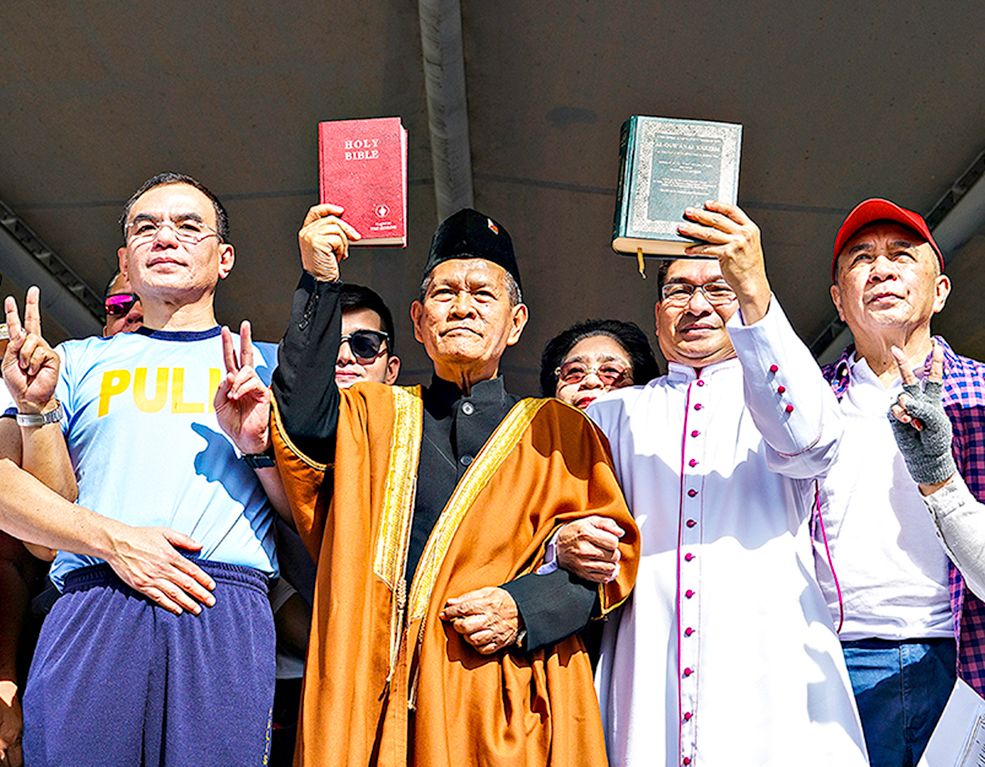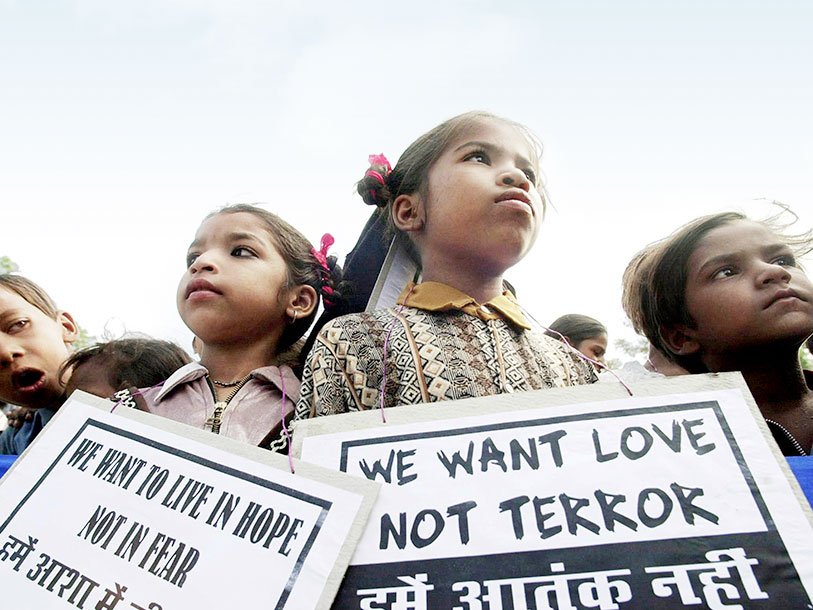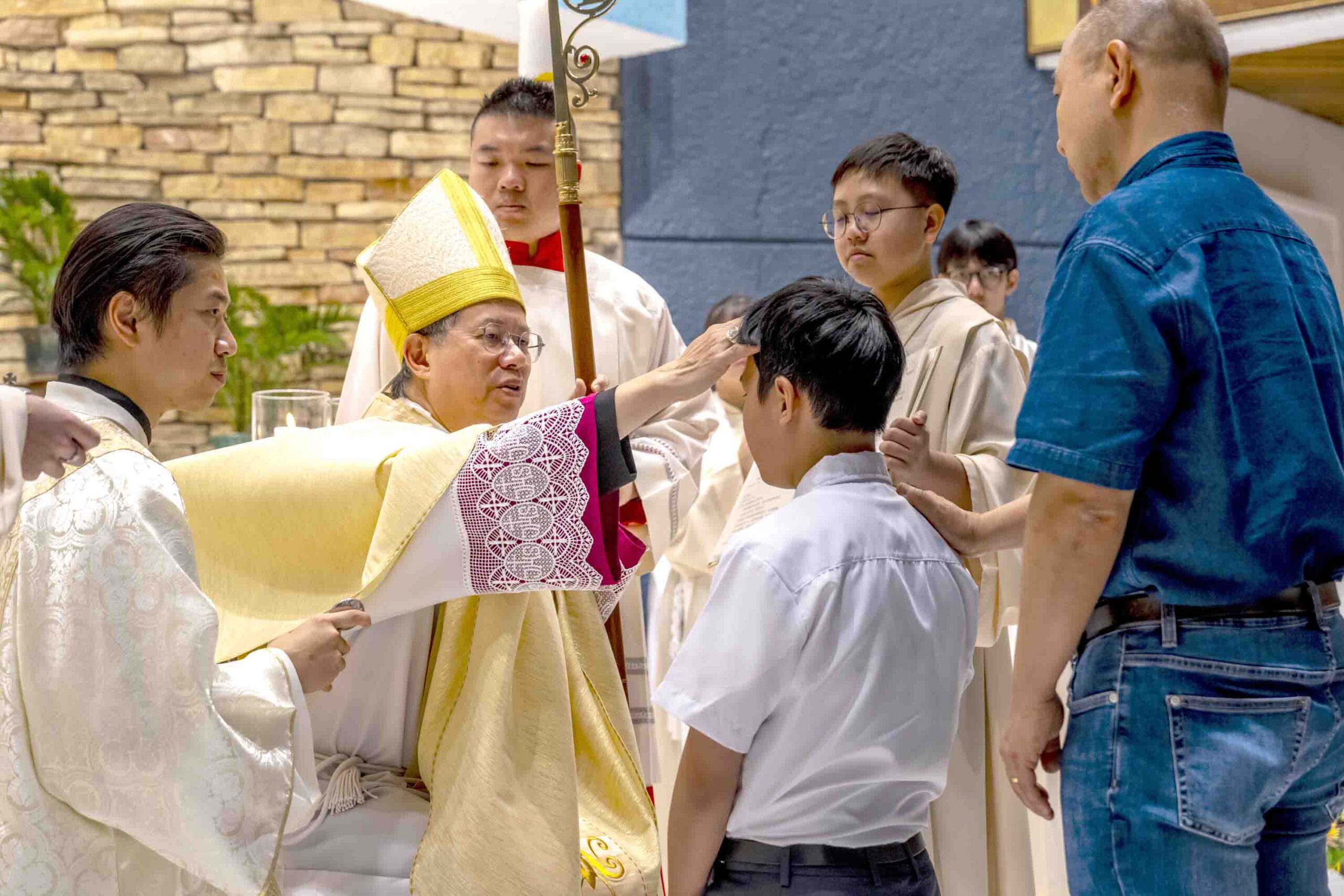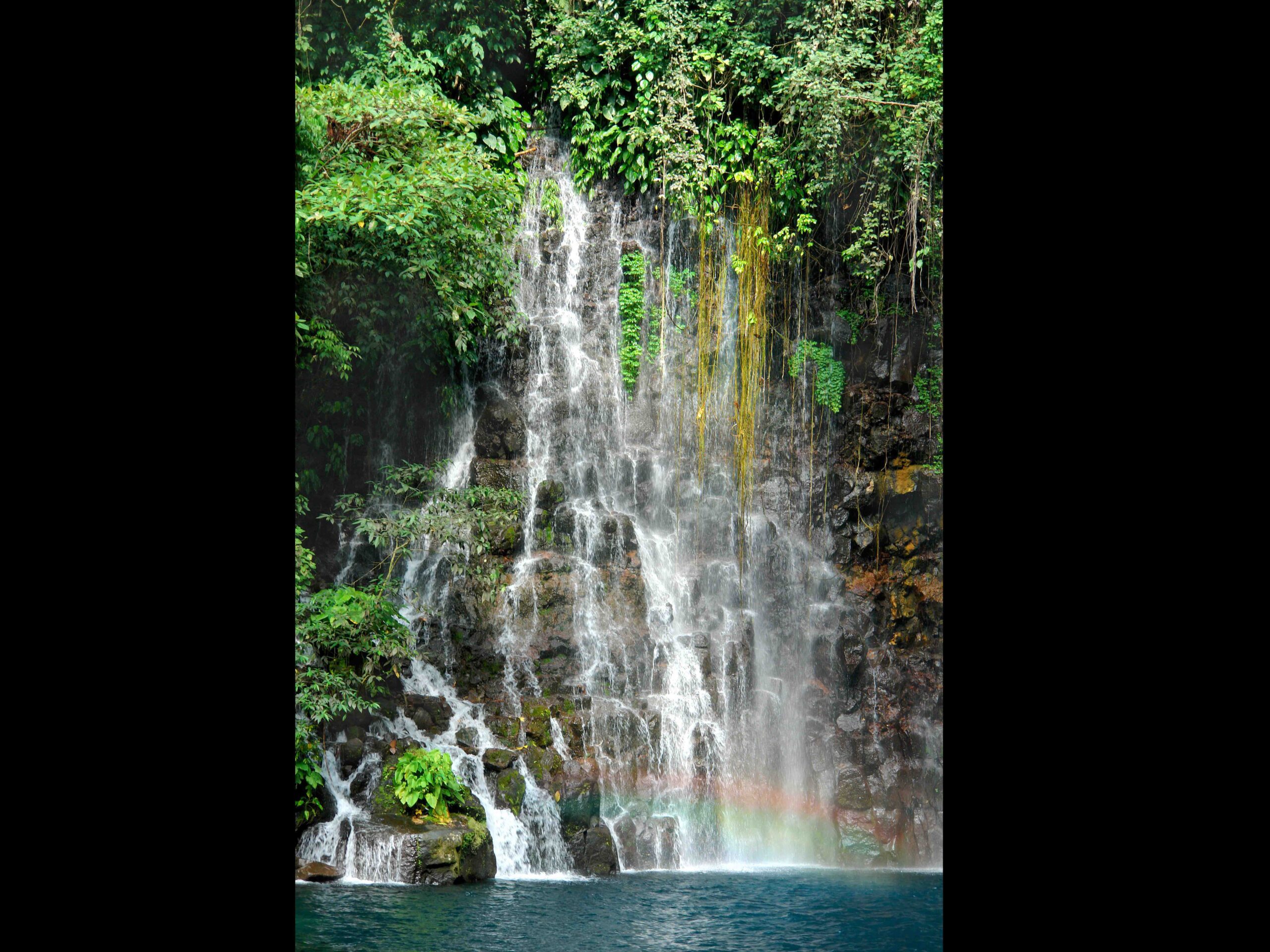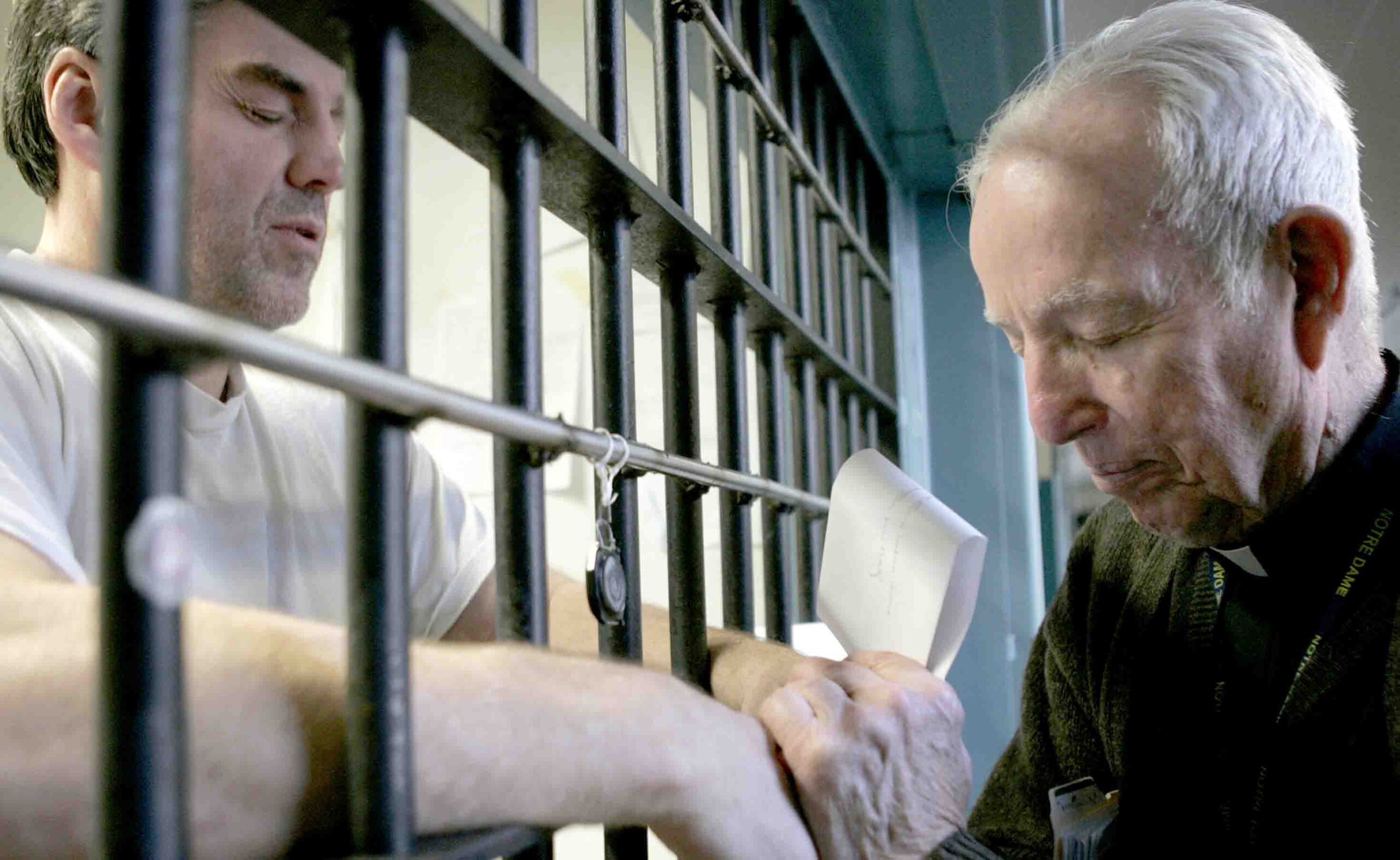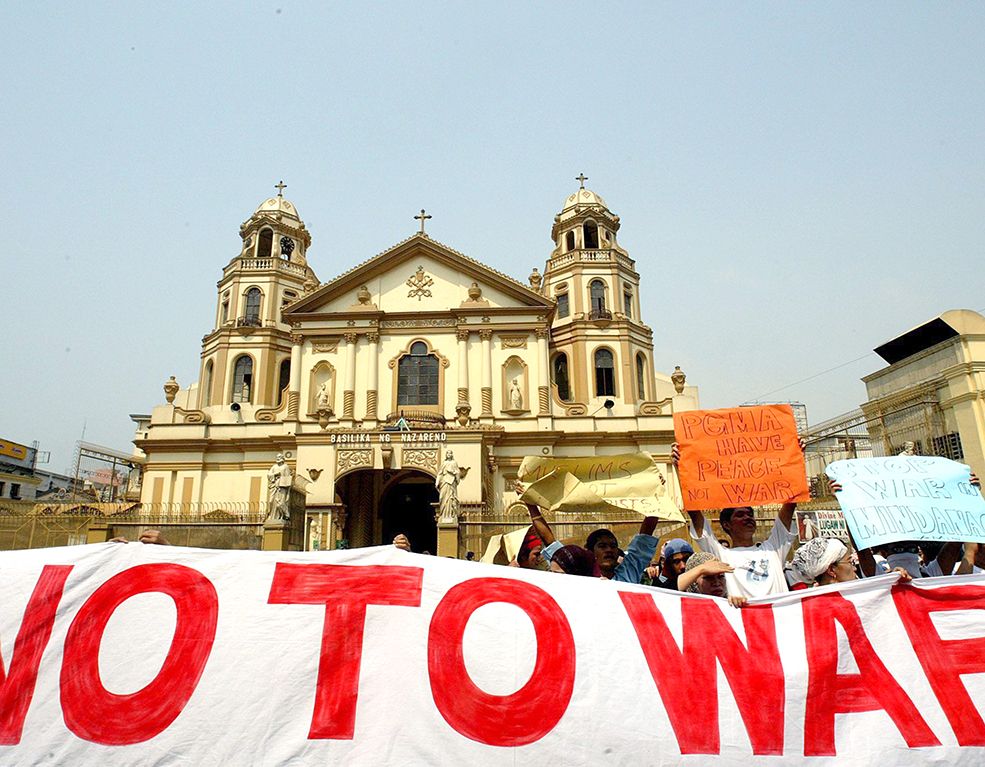One of the characteristics of Filipino Catholicism is the lively practice of processions that mark important celebrations in the liturgical calendar, such as parish or town fiestas, major Marian feasts, and especially Holy Week, among others.
They often have cultural connotations and are capable of re–awakening the religious sense of the people. When processions are participated in with a spirit of faith and prayer, they become a sign of the pilgrim Church moving toward the Paschal Mystery of Christ (CBCP, Ang Mahal na Birhen, n. 76).
The images of the Blessed Virgin Mary and the saints are also carried in the processions. They serve as examples of discipleship in Christ, of people who lived in the love of the Lord (cf. Jn. 15: 9), of those who became new creations in Christ (cf. 2 Cor. 5:17), who were transformed into his image by the Spirit (cf. 2 Cor. 3:18).
Their example and witness will hopefully serve as an inspiration to the faithful to love one another as Christ has loved humanity (cf. Jn. 13:34). As Christ said: “You are the light of the world . . . your light must shine before others, that they may see your good deeds and glorify your heavenly Father (Mt. 5:14, 16).
IMAGES AND CANDLES
The images of Christ, the Blessed Virgin Mary, and the saints are placed on carriages borne on the shoulders (andas), or with wheels (carroza). Such practice further reminds that no one lights a lamp “and then put it under a bushel basket; it is set on a lampstand, where it gives light to all in the house” (Mt. 5:15), because Christ, the Virgin Mary, and the saints serve as models for Christian life.
Similarly, the lighted candles that the faithful carry during processions, aside from being a sign of reverence, serve as a reminder that at baptism, those baptized received the light of Christ. As such, they should be a light to others by always walking as “children of the light,” keeping the flame of faith alive in their hearts (Rite of Baptism).
Furthermore, a unique feature of a lighted candle not found in light bulbs is that its flame can be passed on to another candle. This characteristic captures in symbolic form another important aspect of the Christian vocation: each follower of Christ is given the mission to nurse the light of other people.
PROCESSION OF THE PASSION
The Procession of the Passion of Our Lord, usually held on Holy Wednesday or forms the first part of the procession of Good Friday, is meant to convey the catechesis that the suffering and death of Christ took place “because of our human sinfulness . . . to show us, and empower us, to overcome sin and its effects in our broken world.” Christ is the Way by which we are enabled to bear the sins of many, not returning evil for evil, nor violence for violence in a vicious cycle of revenge (cf. Mt. 5:38–42).
Christ’s love gives us a chance to love even our enemies (cf. Mt. 5:44), for he has sent us His Spirit of love” (Catechism for Filipino Catholics, n. 573). In this regard, it is important that the order of processional images reflects “discipleship in Christ,” following Him in His suffering and death on the cross. In this sense, it is more fitting that the first image or tableau in the procession is that of Christ, and not of St. Peter, as has been the traditional practice. The solitary images and tableau are ordered as if woven into the one story of the passion of Christ.
The beautiful tradition of placing the images of St. John the Evangelist and that of the Sorrowful Mother at the end of the procession is inspired by the words of Christ from the cross: “Woman, behold, your son . . . Behold, your mother” (John 19:26–27). Moreover, putting the Sorrowful Mother as the last image in the procession reminds us that even though Mary is considered as “the first of the Lord’s disciples,” who received and proclaimed the Good News (Second Plenary Council of the Phils., n. 145-148), she remains a model of humility, and a faithful companion in the journey of faith.
VISITA IGLESIA
On Good Friday, in accordance with ancient tradition, the Church does not celebrate the Eucharist, but Holy Communion is given during the Celebration of the Lord’s Passion. The hosts for communion and Viaticum are consecrated during the Mass of the Lord’s Supper the previous day and are reserved at the Altar of Repose during its solemn transfer at the latter part of the liturgy.
The faithful are encouraged to spend a suitable amount of time during the night in the church in adoration before the Blessed Sacrament that has been solemnly reserved in a closed tabernacle (PS, n. 55-56). The vigil is as if a response to the instruction of Jesus to His disciples at Gethsemane: “My soul is sorrowful even to death. Remain here and keep watch with me” (Mt. 26:38).
The pious practice of the Visita Iglesia (church visit) held by the faithful on Holy Thursday evening is closely related to this Eucharistic adoration. While visiting one church is enough for the adoration and vigil, it has been a practice by many to visit several churches on this evening, which has been pegged at seven, as inspired by the seven pilgrim churches in Rome: St. Peter’s Basilica, St. Paul Outside-the-Walls, St. Sebastian’s, St. John Lateran, Holy Cross-in-Jerusalem, St. Lawrence-Outside-the Walls and St. Mary Major.
In making the visits, the faithful should go to the Altar of Repose to pray. While the Via Crucis has been used as the prayer material, dioceses and Catholic authors have prepared prayer guides reflecting on the events from the Last Supper, to Gethsemane until Jesus is brought to the Sanhedrin. The solemn adoration ceases at midnight, for the passion of the Lord has begun (PS, n. 56; DPP, n. 141).
Outside Holy Week, during weekdays, especially on the Saturdays of Lent, there are groups including parishes, which do the Visita Iglesia, going to seven or more churches, and using the Via Crucis as prayer material. Doing it at this time gives them the opportunity to visit churches outside their own dioceses and provinces
PROCESSION OF THE SANTO ENTIERRO
The Procession of the Holy Burial or Santo Entierro is the longest and most participated by the faithful in many parishes. Its catechesis reminds us that the death of Jesus means that he “truly and fully underwent the final test of all humans, death (cf. CCC, n. 632). But scriptural basis implies…Christ’s salvific work on behalf of the just who had died before his coming” (cf. CCC, n. 633). This also means that, “all who are saved are redeemed by Christ’s Passion and Death, whose effects are not limited by time or space” (cf. CCC, n. 634–35). Finally, this proclaims that Christ is “the first fruits of those who have fallen asleep,” in Him all will come to life again (CFC, n. 590-593).
Like a funeral procession, it is preceded by the image of the Santo Entierro, followed by the images of the disciples of Christ and the Sorrowful Mother, all in mourning clothes. This reminds us that if “we have died with Christ, we believe that we shall also live with him” (Rom., 6:8).
The images of the apostles, except that of St. John the Evangelist, are not included since the gospels mentioned that Christ predicted that His apostles would abandon Him, and that they did so upon His arrest (see Mt. 26:31, 56; Mc. 14:27, 50).
This shows us the human experience of Jesus of being abandoned by His trusted friends, whom He expected to be at His side during His great need. Nevertheless, He also experienced the assuring presence of His women disciples who followed Him until Calvary and stood near the cross, even if they could not do anything to stop His suffering and death.
Moreover, his secret disciples, Joseph of Arimathea and Nicodemus, came out at a time when it was very dangerous to be associated with Jesus to give Him a decent burial. This procession usually ends with the Pahalik or veneration of the Santo Entierro.
SOLEDAD PROCESSION
In some towns and parishes, the Soledad Procession is held after the Santo Entierro Procession. In terms of background, some say it is Mary retracing the way of the cross, while others say she is looking for the tomb of Jesus, as if she was left behind when her Son was buried.
However, a more proper basis for this tradition is the human experience of mourning and being consoled by relatives and friends after the burial. This is expressed by the presence of some images of saints accompanying Our Lady. In some places, the procession stops at a house and a song is rendered to comfort the Sorrowful Mother. It is also called Procesion del Silencio for it is done in silence and without the accompaniment of a musical band.



